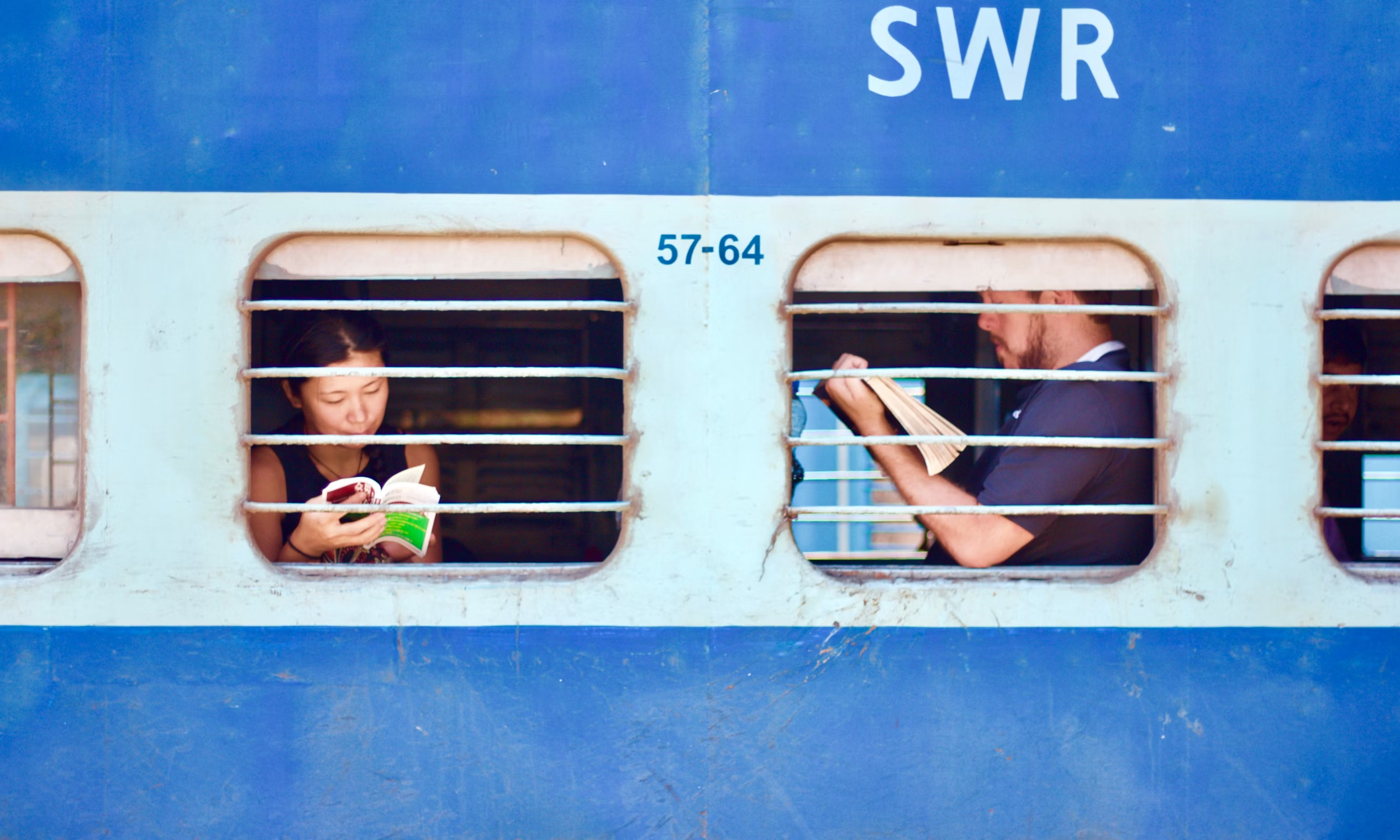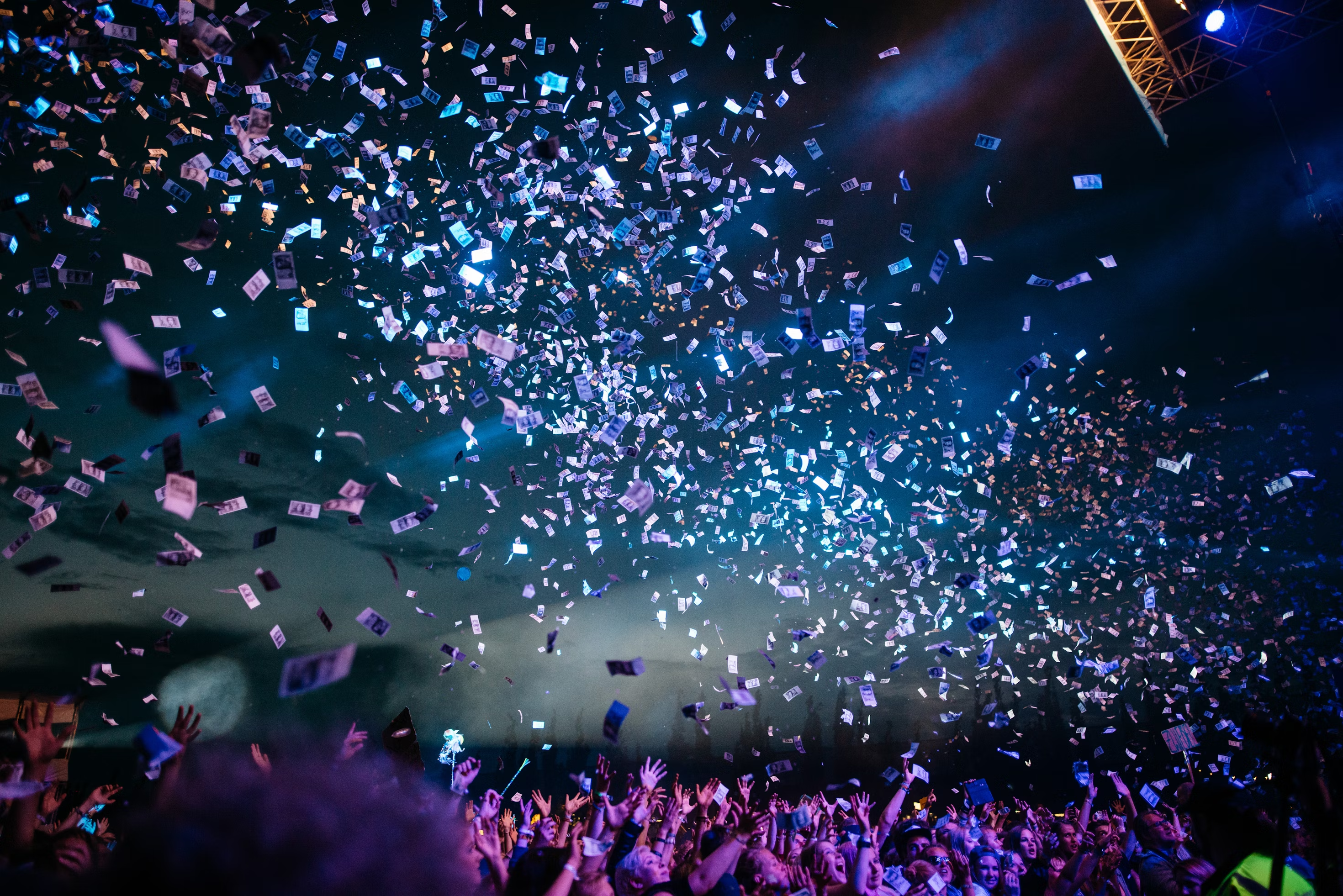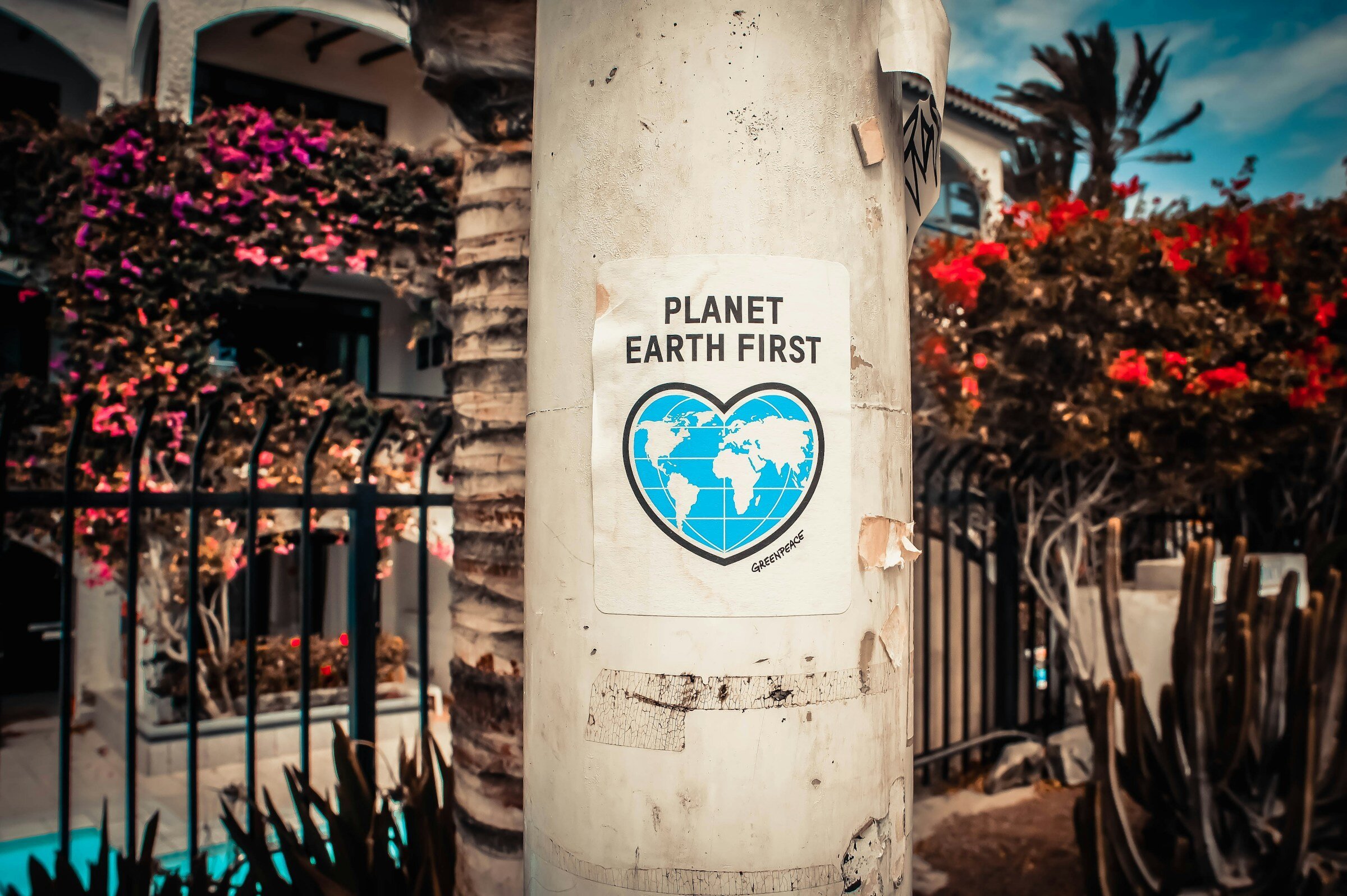Tips for sustainable furniture and decoration
Event furniture can have a negative impact on the environment because of its often temporary nature.
1.Why is it important?
Some key data
What about decoration?
The creation of an event environment is often associated with specific and, therefore, temporary decoration. The diversity of the elements used for this decoration (vases, carpets, sheets, balloons, lamps and other lighting systems) and the materials required, whether natural (plants, flowers), recycled or not (textiles, a multitude of plastics, etc.), make the issues of reuse and recycling all the more complex.
This coordination is all the more fundamental as the diversity of decoration resources requires great diligence in the sorting and collection stage. Today, these material flows, which are not sorted enough, are mostly incinerated, with all the harmful consequences for the environment and human health.
The circularity of resources needs to be optimised by implementing complementary principles that will allow the development of a virtuous circular economy.
2. Key principles to follow
RETHINK their design, REUSE them through sharing models and, lastly, RECYCLE the resources.
For your rentals, three main ideas:
1. Events organised in permanent venues are conducive to the best practices in terms of circularity (and environmental footprint) since the furniture is already on site and does not require frequent transportation. Resources are then used to their fullest capacity.
2. When renting furniture, pay attention to choosing eco-designed furniture, meaning:
- Made of the most natural materials, without the addition of chemical inputs, to extend lifetimes in favour of the environment
- With the right balance between design, solidity, ease of transport and (dis-)assembly
3. In addition, check if your suppliers apply the following policies:
- Protect the most used parts of the furniture.
- Facilitate repairability, upcycling and even remanufacturing.
- Do not allow it to be incinerated or buried in the ground.
- Create collaborations with recovery and reuse companies.
- Adapt the protection processes during the logistical phases (storage, transport, assembly, dismantling) to make them more environmentally-friendly, and less dependent on single-use plastics.
For your deco, the three essential steps regarding the circularity of decorative elements are as follows:
- In terms of eco-design: Austerity is the main virtue for implementing the principles of the circular economy. The selection of repairable, solid decorative items and accessories made from the most natural and, therefore, the least harmful or dangerous materials (and if possible from recycling) should be favoured. The recyclability and the reuse of decorative elements should also be favoured.
- Events organised in existing venues with (quasi-)permanent furnishings and decoration are conducive to the most beneficial practices in terms of circularity and environmental footprint, given that the decoration of the venue, even if sometimes crude, requires less transport and that resources are used to the maximum of their capability. It is also relevant to encourage the reuse of these resources by the participants and craftsmen in the circular economy and the Social & Solidarity Economy (SSE).
- Set up a resource sorting centre (in the backstage area of the event), with selective differentiation of the types of material; if necessary, dismantle resources, to increase the level of recovery (and therefore reuse) of components (see Waste sheet).
As My Impact Tool customer, you’ll get access to a full list of solutions to improve the impact of your event’s furniture & decoration. We list solutions following the Lansink Ladder, which prioritizes ecological waste management and circularity, from prevention (the most ‘virtuous’ solution) to landfill (the worst alternative).
This means you can adapt depending on the reality of the projects and try to do better for each project.



